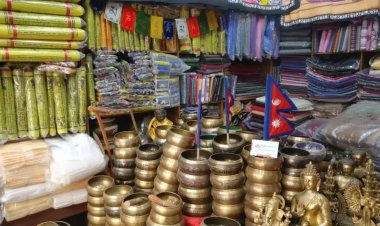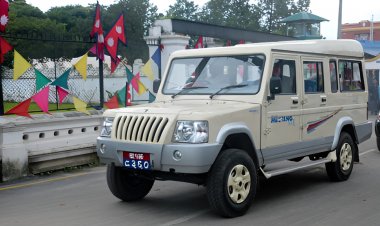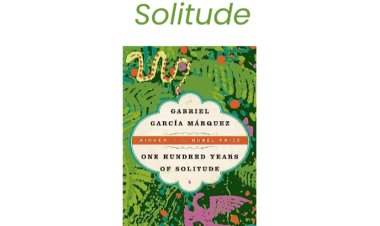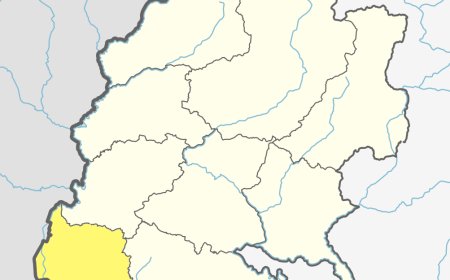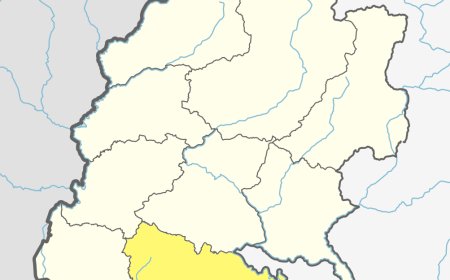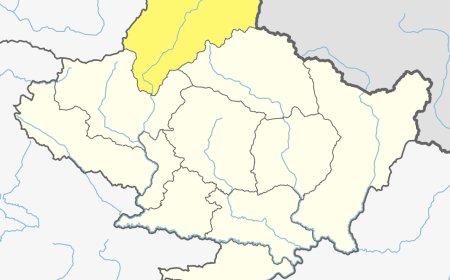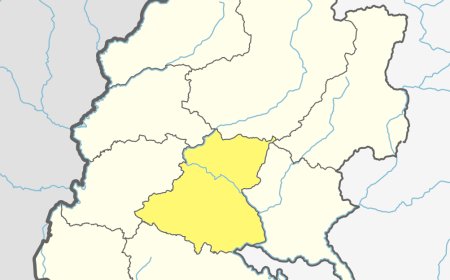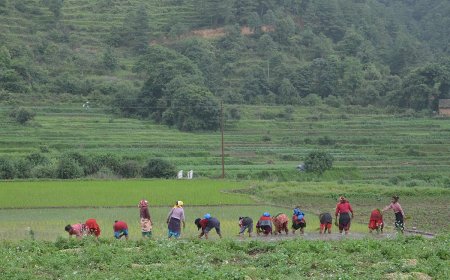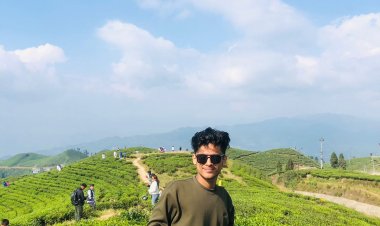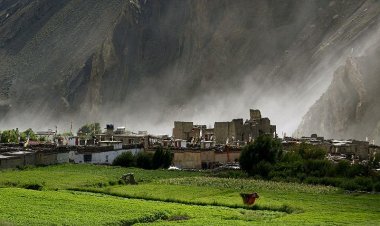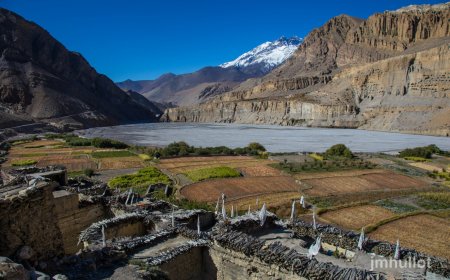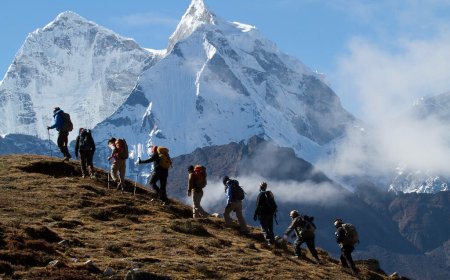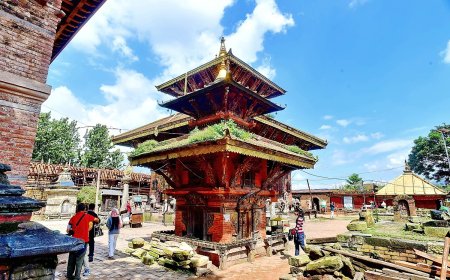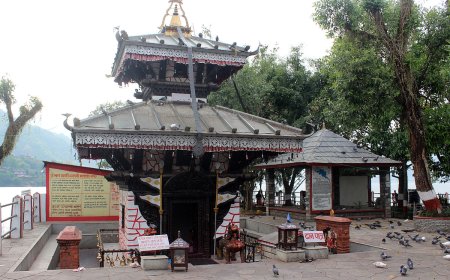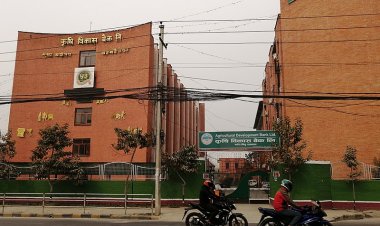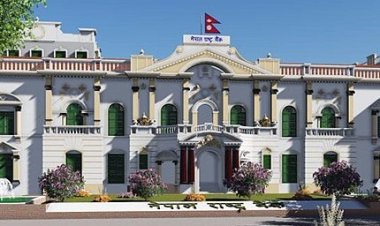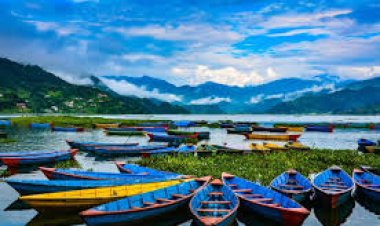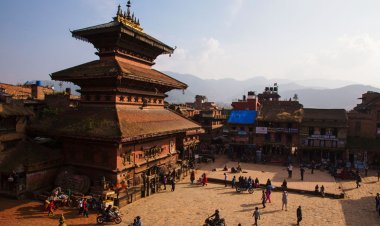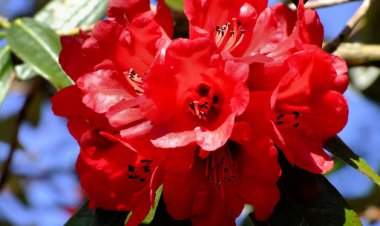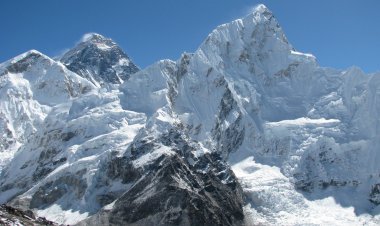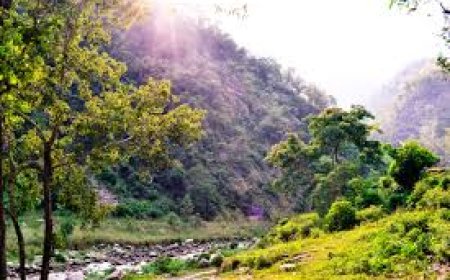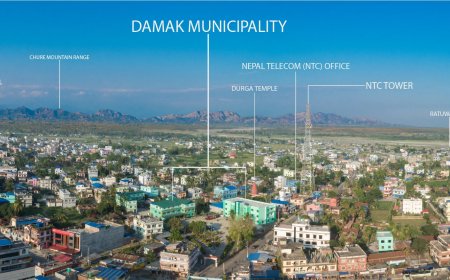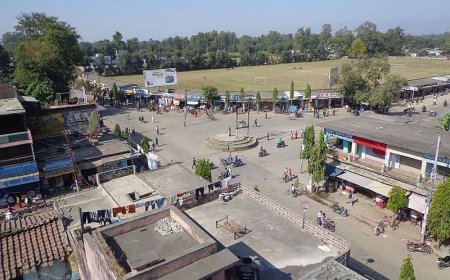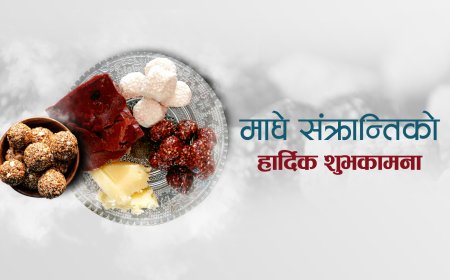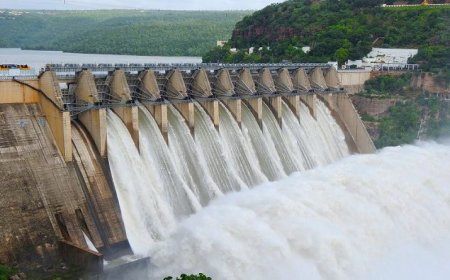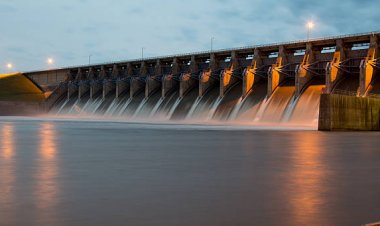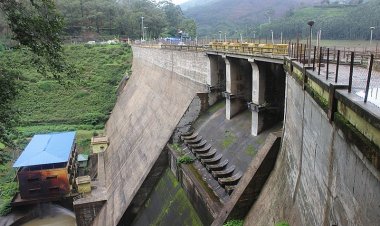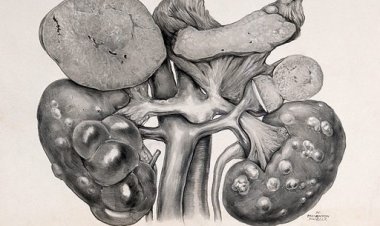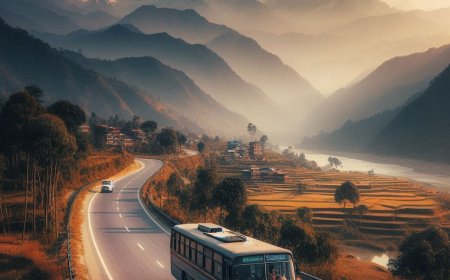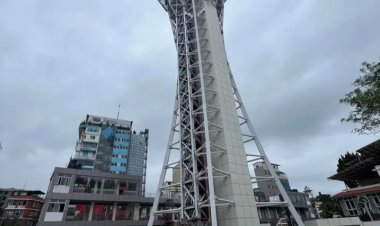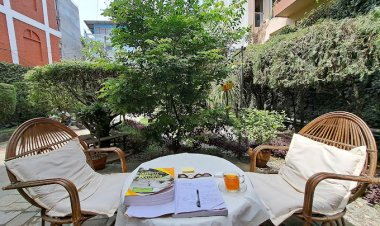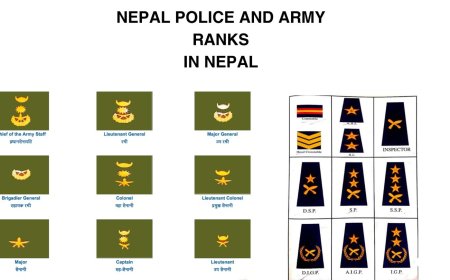Panchthar: Explore the Nature and Traditions
Let’s explore Panchthar also known as Nepal's eastern gem, known for its scenic beauty, Limbu culture, Pathibhara Temple, and tea gardens.
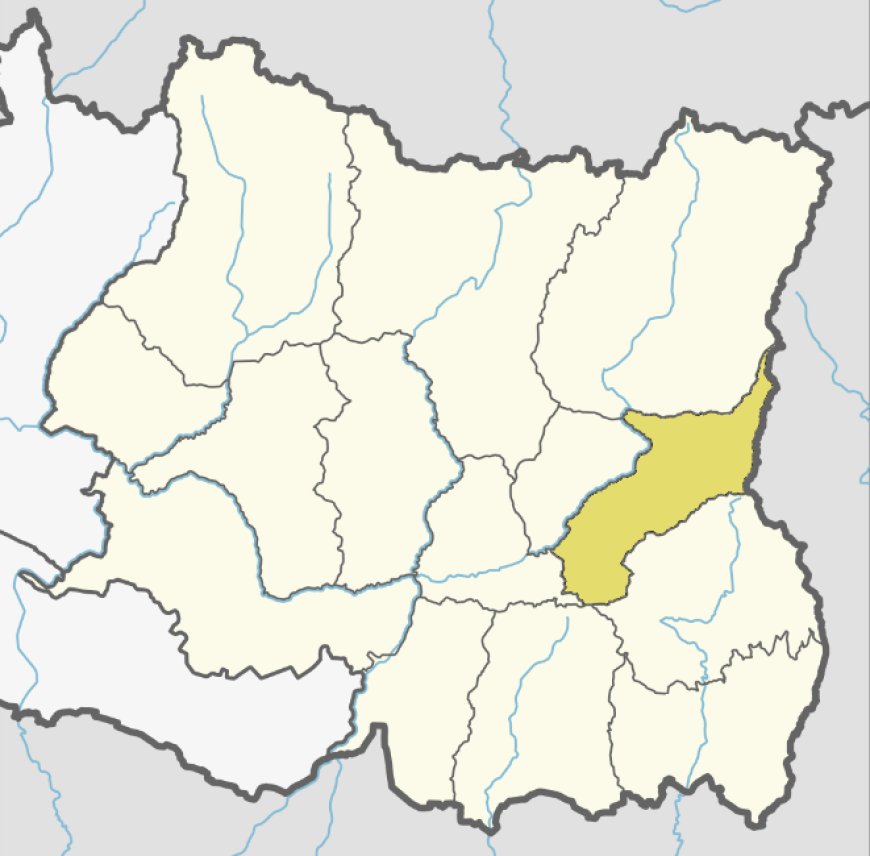
Introduction
Panchthar is a district in the eastern hills of Nepal, celebrated for its natural charm, cultural diversity, and historical richness. Located in Province No. 1, this district serves as a bridge between the Terai lowlands and the alpine highlands. Known for its lush green landscapes, traditional villages, and vibrant Limbu culture, this district is an exceptional destination for nature lovers, cultural explorers, and eco-tourists. With Phidim as its administrative center, This district is a picturesque district characterized by terraced fields, cascading waterfalls, and serene valleys. Its cultural festivals, traditional handicrafts, and agricultural practices offer an authentic glimpse into the lifestyle of its diverse ethnic communities.
Geographical Overview
This District spans an area of 1,241 square kilometers, defined by hilly terrains, dense forests, and flowing rivers. The elevation ranges from 300 meters to 4,000 meters, presenting a wide variety of climatic zones that sustain rich biodiversity.
The district’s sub-tropical to temperate climate supports the cultivation of crops such as paddy, maize, and millet, along with cash crops like tea, cardamom, and ginger. Rivers such as the Tamor and Kabeli meander through the region, providing resources for irrigation and eco-tourism activities.
Table: Geographical Features
|
Feature |
Data |
|
Total Area (sq. km) |
1,241 |
|
Altitude Range (m) |
300–4,000 |
|
Major Rivers |
Tamor, Kabeli |
|
Climatic Conditions |
Sub-tropical to Temperate |
Demographics
Panchthar District is home to a population of approximately 200,000 people, with the Limbu community forming the majority. Other significant groups include Rai, Brahmins, Chhetris, and Tamangs. While Nepali is the lingua franca, Limbu and other Kiranti languages are widely spoken among indigenous communities.
The district’s cultural vibrancy is reflected in its traditional dances, rituals, and festivals, such as Chasok Tangnam and Udhauli, which celebrate nature and agricultural cycles.
Table: Ethnic Composition
|
Ethnic Group |
Percentage (%) |
|
Limbu |
45% |
|
Rai |
20% |
|
Brahmin |
15% |
|
Chhetri |
10% |
|
Other Groups |
10% |
Cultural and Historical Significance
This district is also a repository of cultural heritage, with the Limbu community’s Chasok Tangnam festival being one of its defining traditions. Celebrated to express gratitude for the harvest, this festival showcases the district’s agricultural roots and spiritual connection to nature. Similarly, Udhauli and Ubhauli are observed to mark seasonal migrations and honor ancestral spirits.
The district also boasts historical landmarks such as Pathibhara Devi Temple, a sacred pilgrimage site revered by Hindus and Buddhists alike. Situated on a hilltop, the temple offers not only spiritual solace but also panoramic views of the surrounding landscapes.
Table: Key Festivals
|
Festival |
Month |
Significance |
|
Chasok Tangnam |
November |
Limbu festival of gratitude and harvest |
|
Udhauli |
December |
Kirat festival marking winter migration |
|
Dashain |
October |
Hindu festival of victory |
|
Tihar |
November |
Festival of lights |
Major Attractions and Activities
The scenic beauty and cultural landmarks of this district makes it a hidden treasure for travelers. The Pathibhara Devi Temple is the district’s most iconic site, drawing pilgrims from across Nepal and beyond.
Other attractions include the Tamor River Valley and the lush tea gardens of Phidim, offering opportunities for trekking, bird watching, and cultural immersion. The local markets in Phidim are vibrant hubs where visitors can explore traditional Limbu crafts and delicacies.
Table: Major Attractions
|
Attraction |
Location |
Highlight |
|
Pathibhara Temple |
Pathibhara |
Sacred pilgrimage site with stunning views |
|
Tamor River Valley |
Southern Panchthar |
Picturesque landscapes and trekking routes |
|
Phidim Bazaar |
Phidim |
Cultural and trade hub |
|
Ranke Bazar |
Ranke |
Gateway to the tea gardens |
Activities such as hiking, river rafting, and cultural tours provide a blend of adventure and cultural experiences. Panchthar’s focus on sustainable tourism further enhances its appeal to eco-conscious travelers.
Economic Overview
Agriculture forms the backbone of Panchthar’s economy. The district is known for producing tea, cardamom, and ginger, which are significant contributors to its economy. Traditional farming practices coexist with emerging commercial agriculture, fostering economic growth.
Tourism is an increasingly important sector, supported by attractions like Pathibhara Temple and the region’s pristine natural environment. The district also preserves its cultural heritage through crafts such as traditional weaving and Limbu jewelry making.
Table: Economic Highlights
|
Sector |
Contribution |
|
Agriculture |
Tea, cardamom, ginger, and paddy production |
|
Tourism |
Pathibhara Temple, eco-tourism |
|
Traditional Crafts |
Weaving, Limbu jewelry making |
Conclusion
Panchthar District is a harmonious blend of natural beauty, cultural richness, and economic potential. Its unique traditions, breathtaking scenery, and welcoming communities make it a standout destination in Nepal. From the spiritual allure of Pathibhara Devi Temple to the verdant tea gardens of Phidim, Panchthar offers unforgettable experiences for visitors. Whether you are an adventurer, a spiritual seeker, or a cultural enthusiast, Panchthar promises to leave a lasting impression.
Frequently Asked Questions (FAQs)
1. Where is Panchthar District located?
Panchthar District is located in the eastern hills of Nepal, part of Province No. 1.
2. What is Panchthar District best known for?
It is famous for the Pathibhara Devi Temple, a sacred pilgrimage site for Hindus and Buddhists.
3. Which rivers flow through Panchthar District?
The Tamor and Kabeli rivers are the major rivers flowing through Panchthar.
4. What is the dominant ethnic group in Panchthar District?
The Limbu community forms the largest ethnic group in the district.
5. What are the major crops grown in Panchthar District?
Tea, cardamom, ginger, and millet are the primary crops grown in Panchthar.
6. What is the best time to visit Panchthar District?
Spring and autumn are ideal for visiting Panchthar.
7. What cultural festival is celebrated by the Limbu community?
The Limbu community celebrates the Chasok Tangnam festival to honor the harvest and nature.
8. What is the significance of Pathibhara Devi Temple?
It is a sacred site for Hindus and Buddhists, known for its spiritual and historical importance.
9. What makes the Tamor River Valley special?
The Tamor River Valley offers stunning trekking routes and picturesque natural beauty.
What's Your Reaction?






























